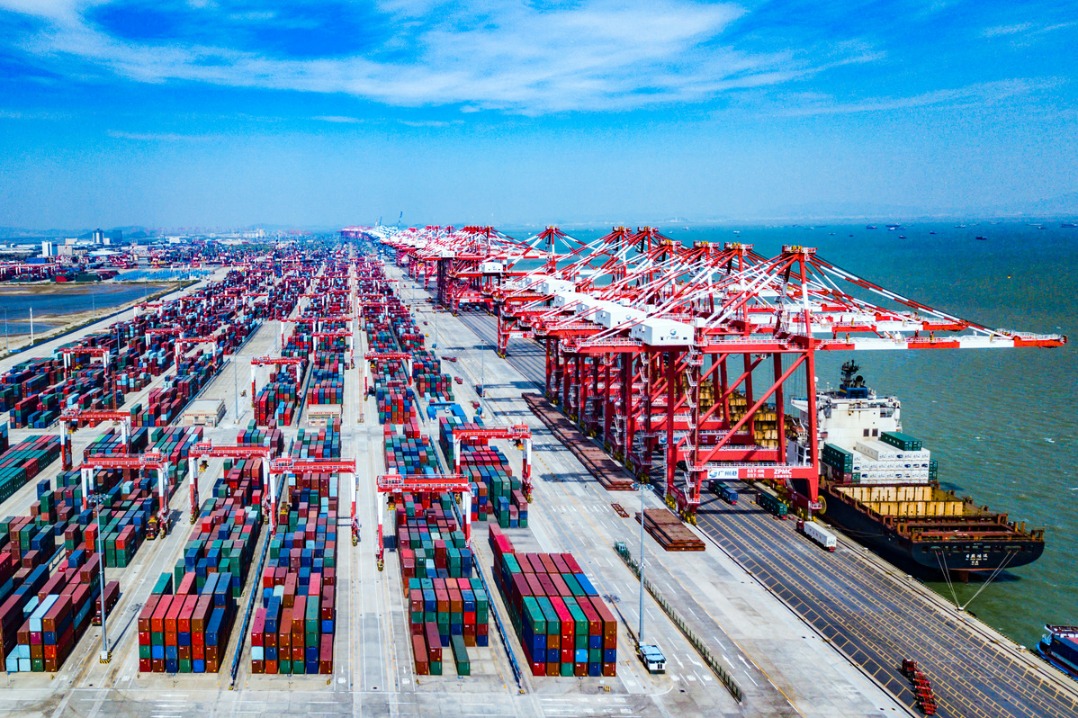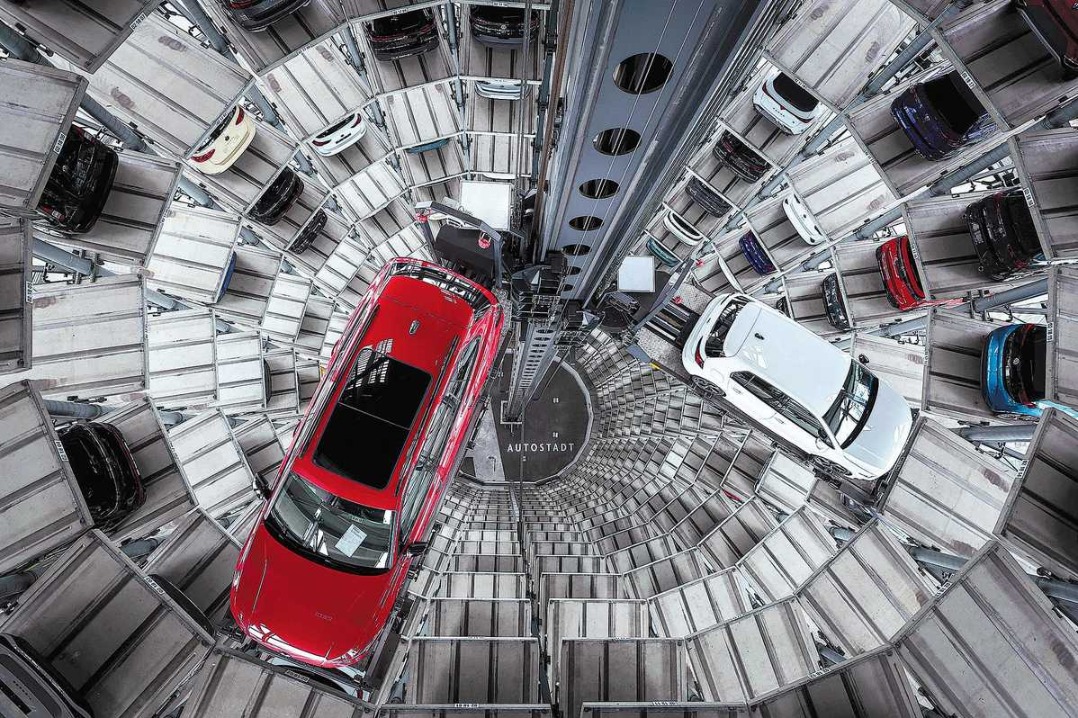Spotlight shines on Beijing's central axis
By XIN WEN | China Daily | Updated: 2023-09-25 08:25

Ancient setting
In addition to hosting photographic exhibitions, Zhongshan Park is home to the Altar of Land and Grain, one of 15 historical sites along the Central Axis, which is believed to be the world's oldest and longest-surviving urban axis.
Gai said the basis for constructing the axis can be traced to the Zhou Dynasty (c. 11th century — 256 BC).
The Book of Diverse Crafts from the Rites of Zhou, which documents regulations for building a national capital in ancient China, states that the layout of such a city should be based on the location of the ancestral temple to the left of the axis and the altar on the right. The book also mentions that the layout on both sides and the extension of urban functions all relate to the Central Axis.
The 7.8-kilometer Central Axis, outlined initially by Kublai Khan, founder of the Yuan Dynasty (1271-1368), was further developed and improved during the Ming (1368-1644) and Qing (1644-1911) dynasties. Gai said the location of imperial palaces, temples, altars and marketplaces was ingeniously arranged.
The axis, the most representative and important part of old Beijing, was the core of the ancient city's spatial pattern, he added. The term "spatial pattern" refers to the perceptual structure, placement, or order of objects, including the space between them.
Liang Sicheng, a renowned monuments architect who designed the national emblem of the People's Republic of China, once described the axis as the greatest north-south central axis in the world. He wrote that it stretches across the entire city, running for about 8 km, and that Beijing's unique and majestic order originates from establishment of the axis.
Gai said: "Because the axis is not a fixed entity, it is 'alive'. Many experts, including myself, once viewed it as a mere collection of architectural relics, with each relic seen as a fragment of a historical story.
"But these fragments of history are static. Their significance lies not in the buildings themselves, but in the fact that the axis now enters the lives of Beijing residents through exhibitions and various other activities. In this way, these historical relics have become closely intertwined with people's lives."
Parks have taken on the role of preserving most of the heritage sites along the axis. The 15 such sites, evenly located on both sides of the center line, include the Temple of Heaven, the Temple of Agriculture, the Imperial Ancestral Temple, the Forbidden City and Jingshan Hill. They have all been open to the public since the Revolution of 1911, better known as the Xinhai Revolution, which was launched by Sun Yat-sen.
"As these sites are easily accessible to the public, people can better understand history, respect it, and thus gain an increased awareness of the need to protect cultural relics," Gai said.
Although human activities at the heritage sites may pose safety challenges to wooden structures and some relics made from stone, these risks can be eliminated by the use of technology, Gai said, adding that certain areas of the Forbidden City are currently off limits due to heritage protection work.
























